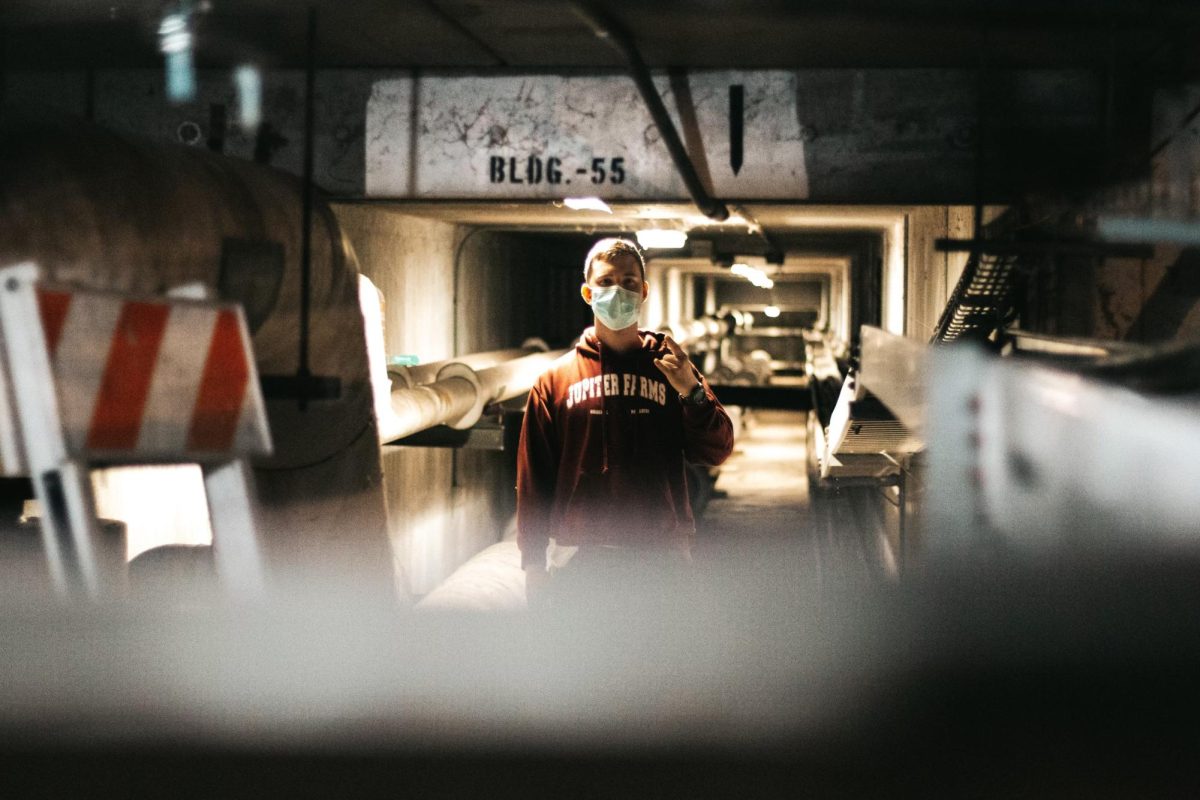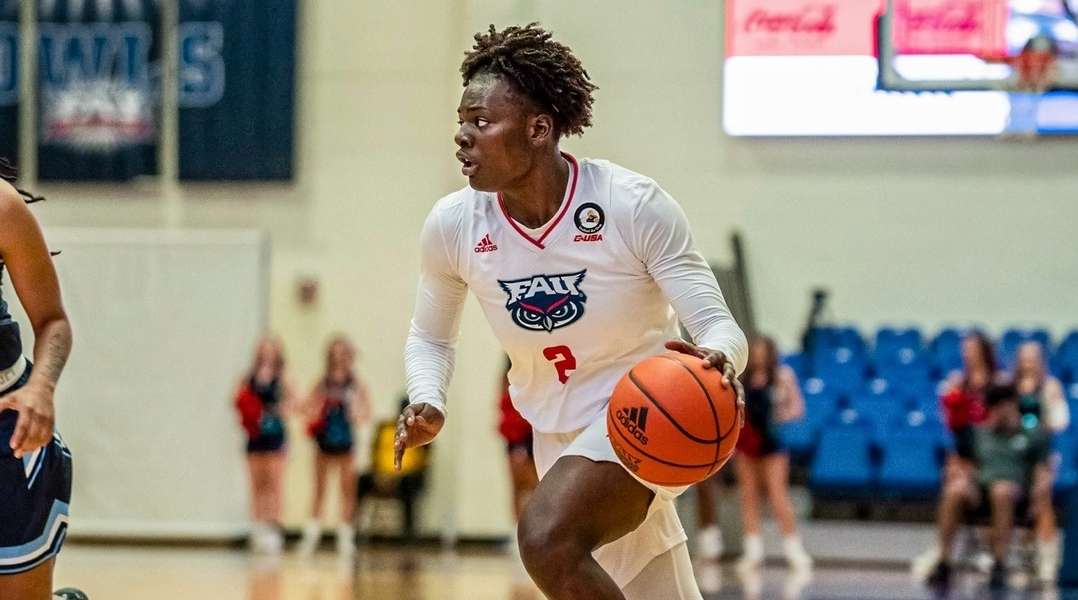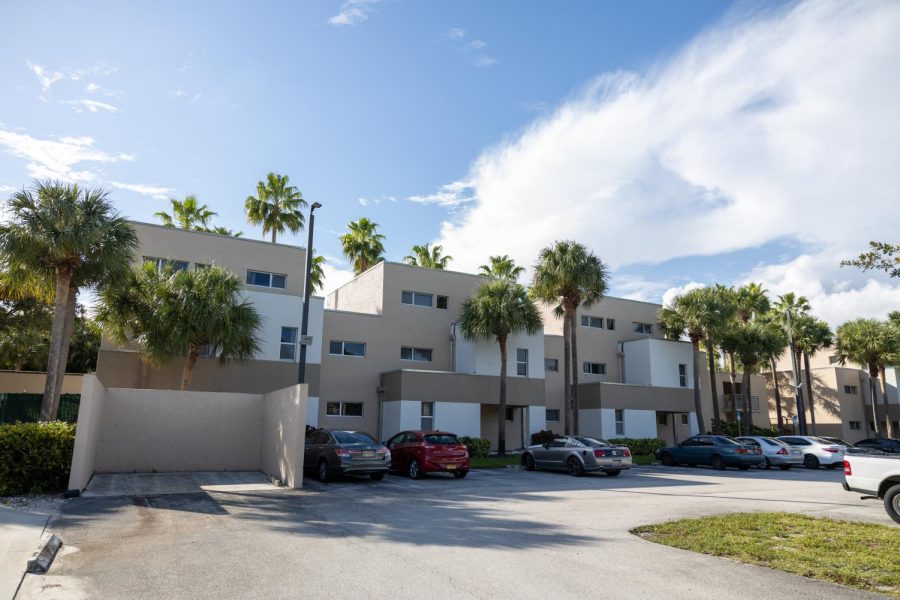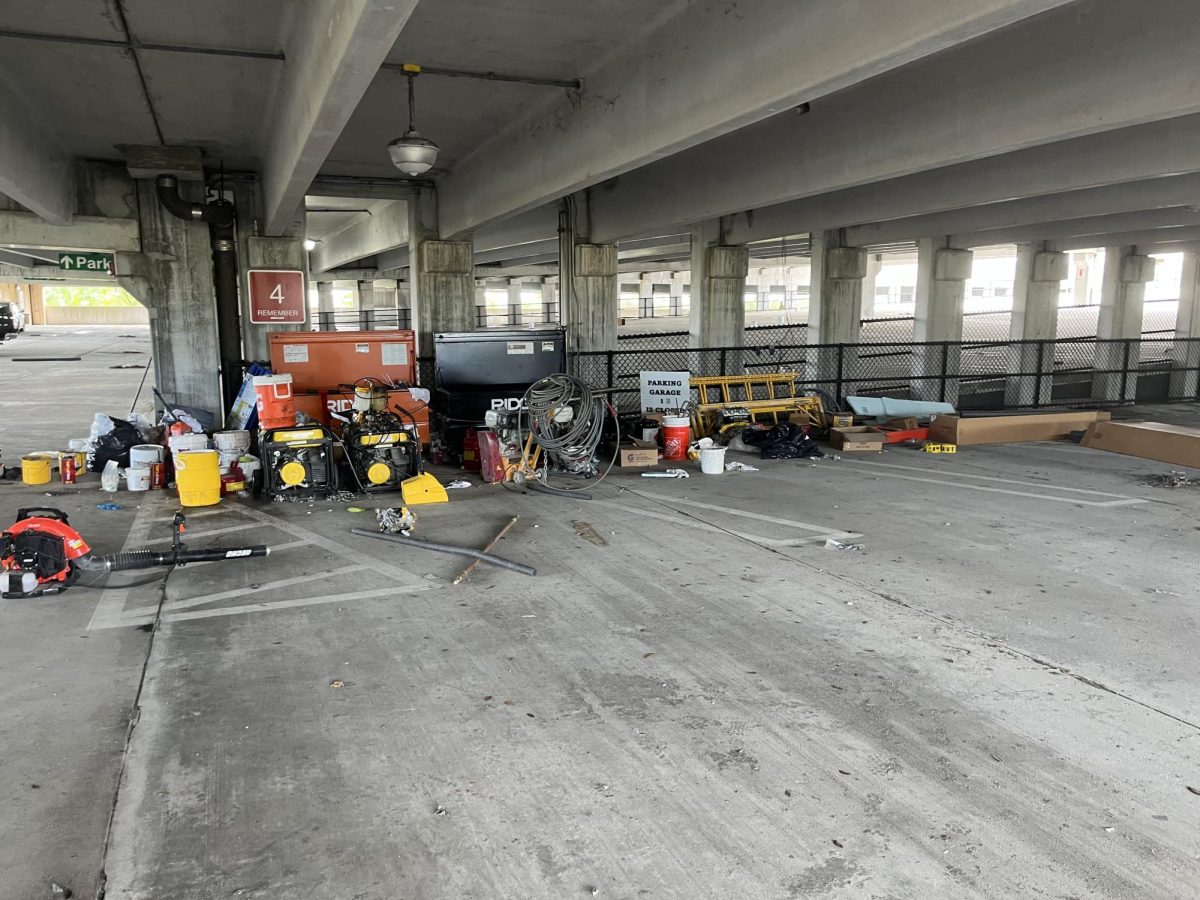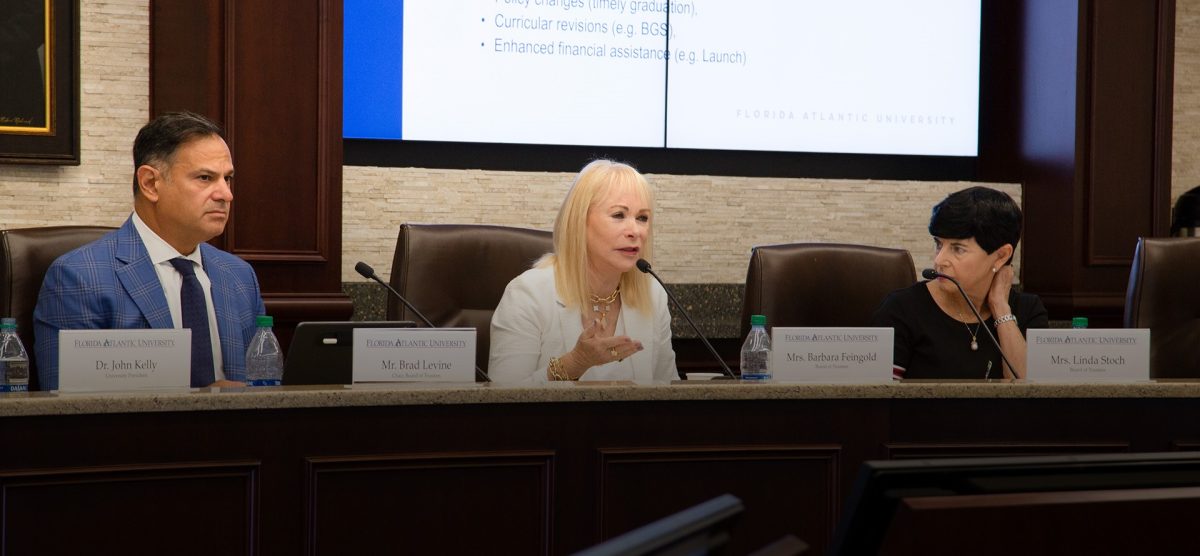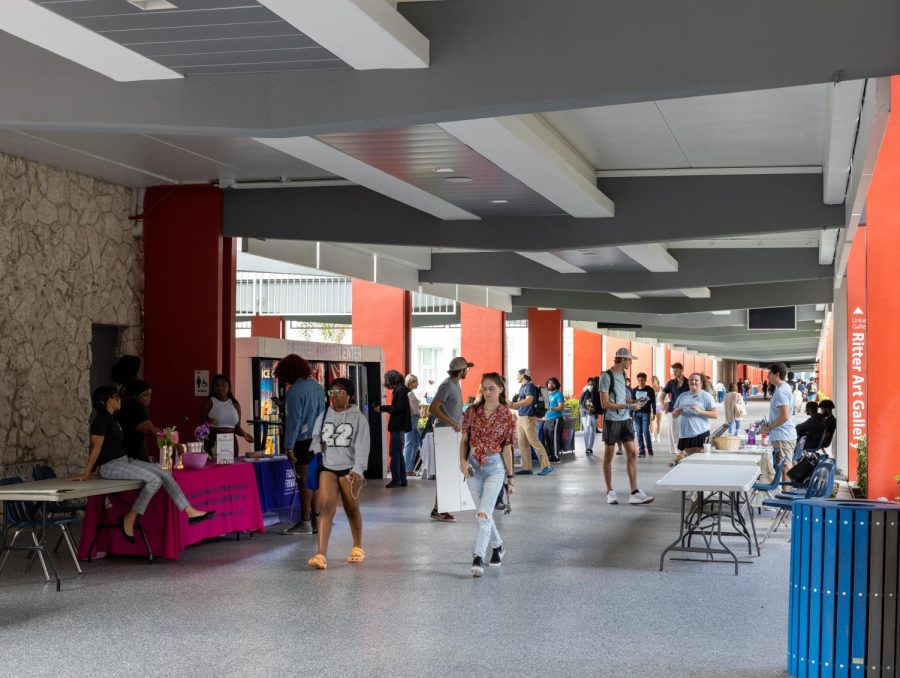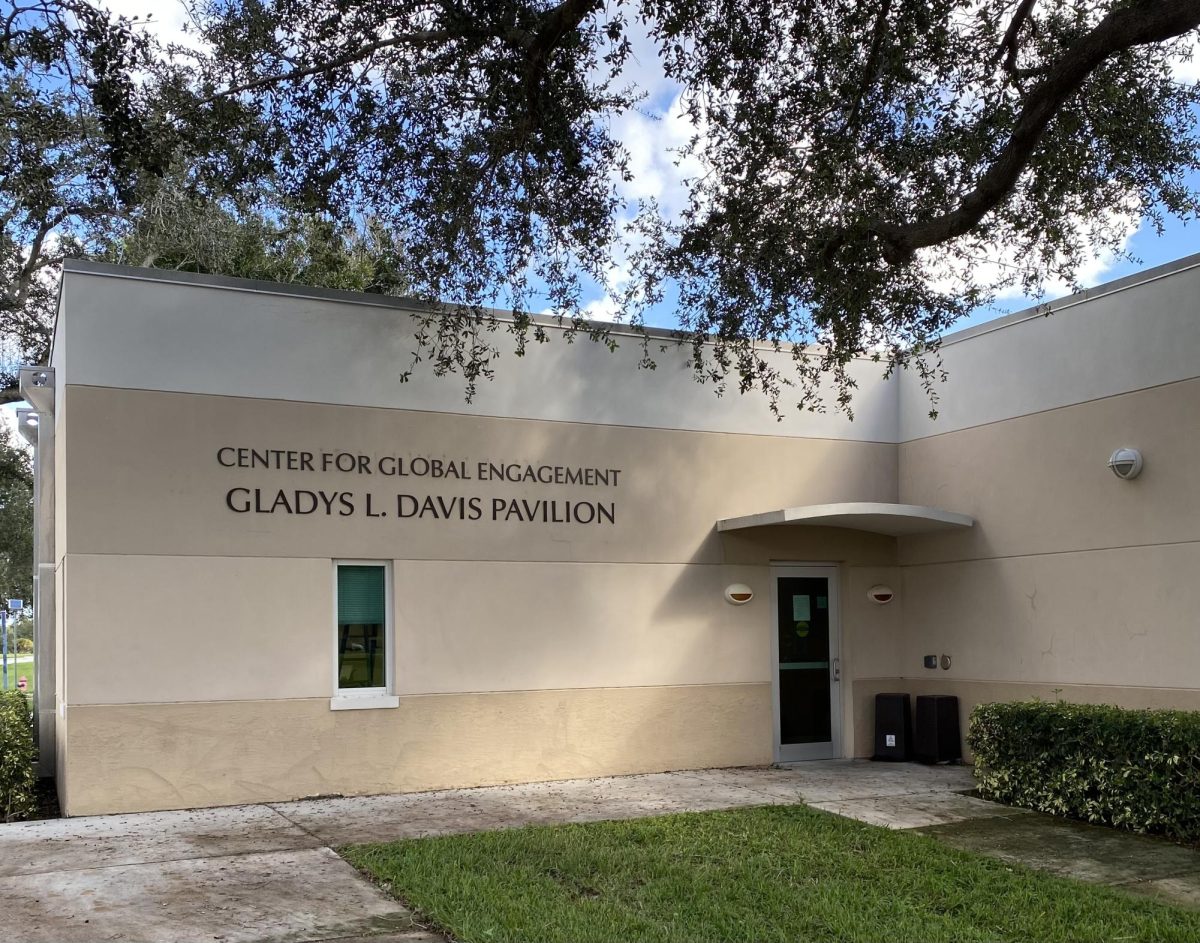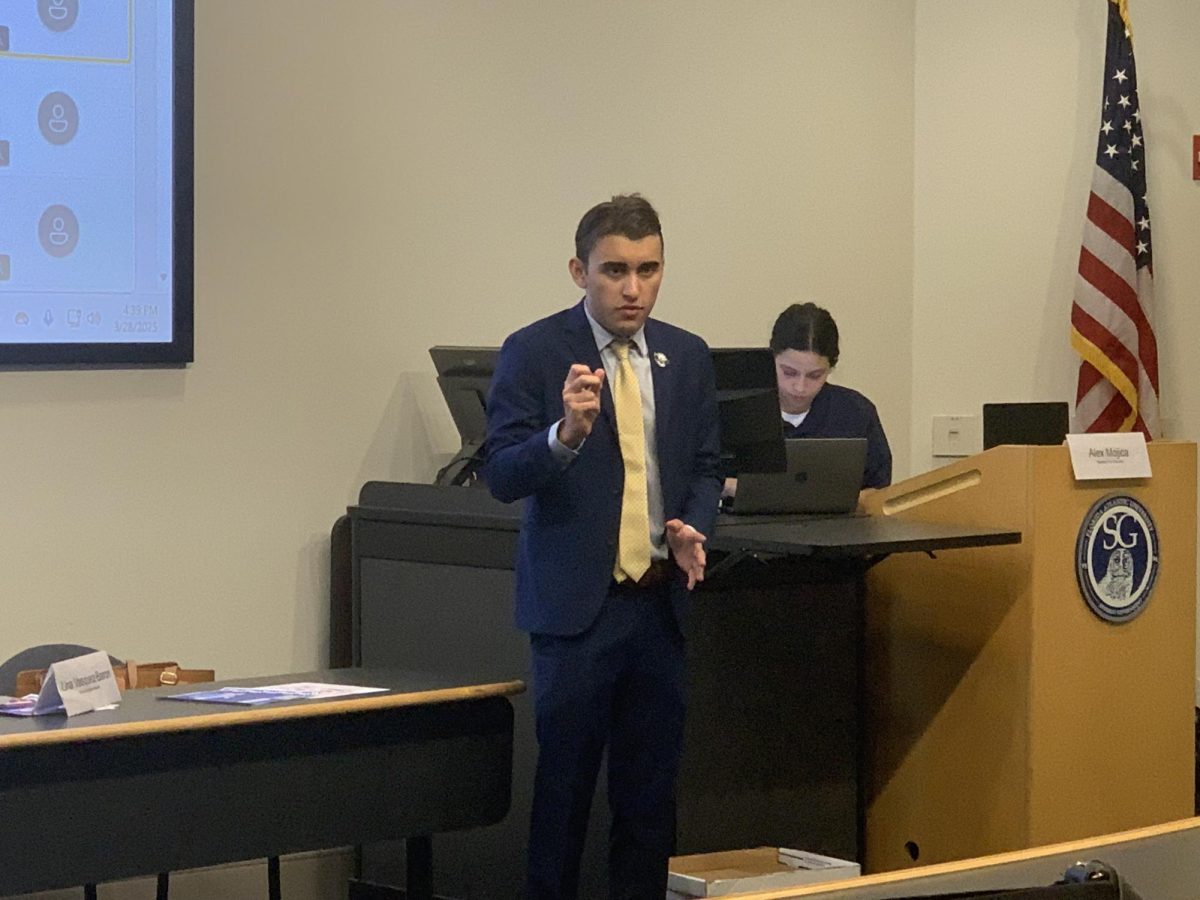The underground tunnels that lie underneath the Florida Atlantic University Boca Raton campus have long had mysterious rumors surrounding their presence.
However, the rumors may not be true.
“The tunnels have no nefarious background, as is often rumored,” wrote Sandra Norman, an FAU history professor, in a Sept. 9 email to the University Press.
In reality, these tunnels serve as a passageway to connect services to buildings on campus and enable the university to operate more efficiently. However, public records indicate that students have attempted to access the tunnels over the years. While some were successful, the FAU Police Department apprehended these students for trespassing on unauthorized school property.
Norman explained that they are “old utility tunnels” built when the university opened in 1964. She said the buildings were constructed far apart, making the tunnels necessary to connect services across campus.
The university’s architect designed these tunnels to house air conditioning conduits, electrical lines and other utilities. This information is referenced on page 26 of “Florida Atlantic University: Its Beginnings and Early Years, The Inside Story,” a book by former FAU Vice President Roger H. Miller.
FAU Facilities Management provided this book for additional background information on the tunnels in an Aug. 28 email but did not respond to further requests for comment.
Part of the Facilities Management includes FAU’s Engineering and Utilities department. The Utilities building, near parking garage one, is where service wires and pipes are routed to every building through the tunnels — according to a Boca Raton News article titled “Maze of Underground Tunnels Serve FAU Buildings with All Utilities,” published on Oct. 17, 1965.
The article states that these tunnels are “enormous,” stretching more than half a mile and running under the walkways. They are also six and a half feet tall.
The UP reported in the February 2018 print issue “War in Paradise” that these tunnel networks were created during World War II when the Boca Raton campus was the Boca Raton Army Air Field base.
The Schmidt Boca Raton History Museum’s curator, Sue Gillis debunks this rumor about the tunnels’ history. She stated they are “most definitely not” from World War II in an Aug. 30 email to the UP.
She also shared a detailed map of the base, pointing out no signs of underground tunnels.
Norman said the rumors about the tunnels usually resurface every couple of years, which can spark curiosity. However, students are not allowed to access the tunnels for their safety, stated university spokesperson Jonathan Fraysure in a Sept. 4 email.
Fraysure did not respond to requests for clarification on why the tunnels are “restricted due to safety and security reasons.”
According to public records obtained earlier this month, FAUPD officers have apprehended three individuals for accessing the tunnels in the last three years. Additional public records acquired on Nov. 21, 2023, reveal FAUPD issuing several trespass warnings to students for the same issue.
The following includes information used from a police report from Feb. 13, 2021:
FAU student Jonathan Shelley received a trespass warning on Feb. 17, 2021, which prohibits him from returning to any of the tunnels’ locations around campus.
Four days earlier, Shelley entered the tunnels by finding an unlocked door to “Substation” room 122, part of the Dorothy F. Schmidt College of Arts and Humanities building. He explored the tunnels and exited the door of “Electrical Vault,” room 145 of the Arts and Letters building.
A camera captured him exiting after a “tunnel alarm” was set off. Days later, FAUPD identified him and called him into the station to ask questions.
Shelley explained to the police that he had entered the tunnels out of curiosity after the lock on the door of room 122 was “faulty,” allowing him access. He found a ladder that he climbed down into the tunnels.
As stated in an interview with the UP, Shelley moved on from the incident and graduated from FAU in 2022. He confirmed that the report was accurate; however, he claimed that there was no signage forbidding access.
“What was I supposed to know? I am sure common sense probably could have told me not to wander down into a creepy cave, but you know, I’m a white guy in a horror movie,” he said.
He mentioned that the university also dealt him additional disciplinary actions. He recalled blaming the university for having an unsecured door that led to the tunnel. He then promised university officials he wouldn’t enter the tunnels again to avoid consequences.
“From what it looks like, there are entry points all over the campus,” Shelley said. “So, when you have a bunch of young adults wandering around a campus that is their home, it’s sort of an inevitability that they’re going to find one of these access points.”
One of these students, who wishes to remain anonymous to protect his identity, shared that he has explored the tunnels multiple times. He mentioned several ways to access them, including crawling about a quarter mile through drainage pipes.
Another entry point is what he describes as a “manhole,” which requires lifting a gate and dropping down to the bottom of the structure. He then said that after that, one would have to crawl through a tight space between the ceiling and floor.
Various “manholes” are visible along the walkway east of the Sanson Life Sciences building.
Although he has explored several times, he hasn’t covered half their length due to feeling unsafe. He explained that you can easily get lost if you’re not mapping out your route and if one is to explore the tunnels to take proper precautions.
“Every time I’ve been is with a group, and there is always one person who stays above ground,” he said, noting that there is cellular service in the tunnels in case of an emergency.
Due to the service lines, he said the air pressure would get dense and humid in some areas. He also felt unsafe due to the presence of asbestos — according to the Agency for Toxic Substances and Disease Registry, long-term exposure to this mineral can result in various health issues.
“I think it’s possible I may have been exposed to asbestos, especially my first time when I didn’t know what’s down there,” he said, mentioning that he began to cough in certain spots of the tunnels. As a result, he started wearing a respirator for protection during his trips after.
FAUPD was never involved or called out concerning this student’s exploration of the tunnels.
In a police report from Jan. 18, 2021, FAUPD issued a trespassing warning to two FAU students for exploring the tunnels. The students, Cruz Sanford and Caleb Miller stated that they gained entry from an “unsecured gate” near the Sanson Life Sciences building.
The police officer informed the students that returning to any tunnels on the campus would result in an arrest for trespassing. Additionally, the report stated that a work order was submitted to fix the gate and that another unsecured gate was located near the northwest corner of the General Classroom South building.
According to another police report on Nov. 18, 2020, the FAUPD responded to suspicious activity when two students entered the tunnels near the Instructional Services building.
The students, Andrew Davis and Jared Hermans fled the scene before the police arrived. However, the officers still searched the tunnels and exit points to locate them.
The report stated that officers caught Davis exiting the tunnel near the Arts and Letters building. Later that night, the officers located Hermans by matching his description as he was walking on the Breezeway.
Hermans, a graduate research assistant in FAU’s Electrical Engineering and Computer Science department, did not respond to multiple requests for comment.
FAUPD issued trespass warnings to both students.
Shelley concluded that wandering around the tunnels was not worth the risk of getting a trespass warning or facing stricter consequences.
“If I had known it was illegal, I probably wouldn’t have gone down in there,” he said.
Elisabeth Gaffney, the Editor-at-Large for the University Press, contributed to reporting on this article.
Michael Cook is the News Editor for the University Press. For information regarding this or other stories, email michael17cook@gmail.com.


